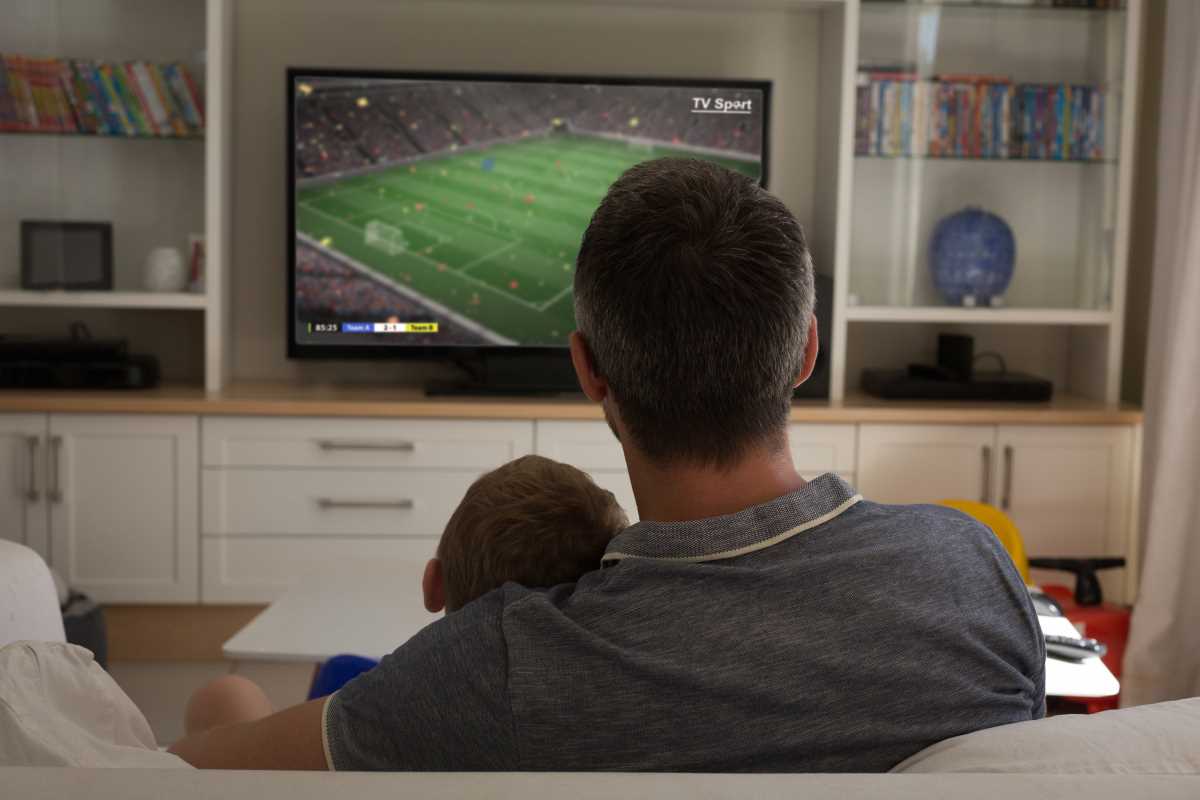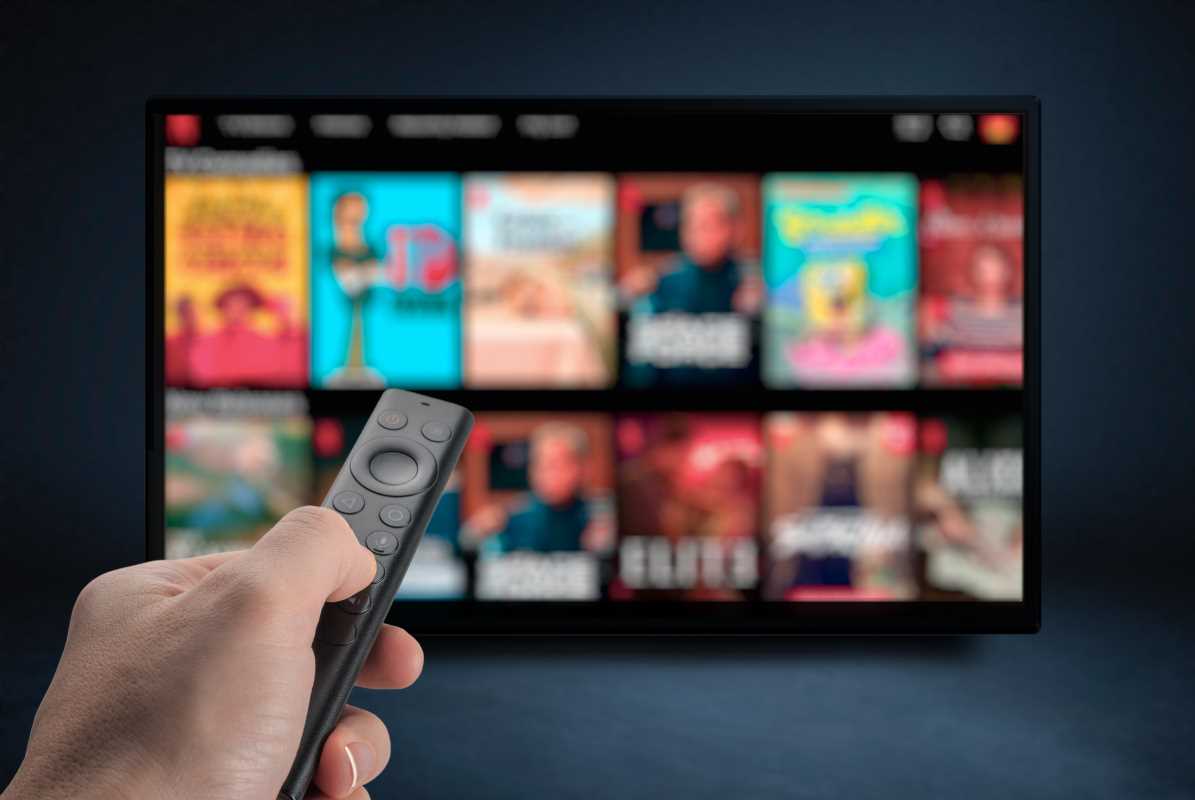From the catchy jingles to the laugh tracks that cue our grins, nostalgic sitcoms have a unique power to transport us back to simpler times. Whether you grew up with the fashionable chaos of "Friends," the quirky family vibes of "The Fresh Prince of Bel-Air," or the heartfelt lessons embedded in "Full House," these feel-good classics left their mark on television history. Decades later, it seems they’re making a comeback in new and exciting ways. But what’s driving this resurgence? Why are producers dusting off the old scripts and audiences demanding a return to these familiar worlds?
This revival plays on our growing longing for comfort and connection in entertainment. Examining the behind-the-scenes mechanics, it’s clear that both social factors and industry strategies are fueling this sitcom renaissance. Whether it’s reboots, spin-offs, or binge-worthy streaming options of old favorites, there’s a lot going on behind the curtains to explain the enduring appeal of these shows.
Nostalgia is Big Business
Nostalgia is more than just a cozy feeling; it’s become a profitable strategy in the entertainment world. A big reason these sitcoms are making their way back is because they fit perfectly into a broader trend of nostalgia-driven content. People love stories that remind them of earlier days, creating a sense of familiarity in an uncertain world. These nostalgic stories also give us a comforting dose of hope, humor, and happy endings.
Executives and content creators are well aware of the emotional pull nostalgic sitcoms possess. Streaming services like Netflix, Hulu, and Max have fueled this resurgence by giving old hits new life online. Suddenly, episodes of "Seinfeld" or "That '70s Show" are accessible to both longtime fans and curious newcomers. By curating these beloved series in one easy-to-binge spot, platforms tap into a multigenerational audience.
Nostalgia doesn’t just bring back old fans; it creates fresh interest, especially with younger audiences. Series like "Saved by the Bell" and "Boy Meets World" have seen a resurgence as parents who grew up watching introduce them to their kids. Producers are reimagining formats and updating characters to make sure sitcoms appeal to today’s sensibilities without straying too far from their origins.
Why TV Executives Love a Reboot
Reboots and spin-offs are dominating the television landscape. They may not be groundbreaking, but they’re undeniably effective. From "Fuller House" to "Bel-Air," networks and streaming platforms have realized that repackaging known properties is often a safer bet than pitching original concepts. It’s a mix of pre-installed fan bases and the sheer popularity of shared nostalgia that makes these ideas hard to resist.
Take the smash hit "The Fresh Prince of Bel-Air," for example. Revisiting its legacy through the modern reimagining "Bel-Air" turned heads by blending a dramatic tone with familiar storylines. The idea of tapping into the well-loved foundation of a sitcom, while adding a fresh layer for new audiences, proves that the appetite for nostalgic content isn’t going anywhere.
Creating sequels or reboots also draws on talent with proven connections to audiences. You’ve seen it happen with cast reunions on series like "That ‘70s Show," which garnered its Netflix spin-off "That ‘90s Show," keeping the humor while shifting perspectives to a new generation. These shows highlight that familiarity doesn’t have to mean monotony; it can evolve.
Streaming is the Modern Backyard TV
One of the significant factors behind the resurgence of nostalgic sitcoms is how we watch television today. Streaming services have essentially replaced the living room TV channel-surfing tradition, offering unprecedented access to evergreen classics. During the peak of pandemic restrictions, the comfort of these shows reached new heights as audiences sought lighthearted escapes.
Hitting play on an old favorite, especially a sitcom that runs on a predictable, laugh-out-loud formula, can turn into emotional therapy. People don’t just stream sitcoms; they use them as background noise while going about their day, revisiting specific episodes for comfort, or tuning in with friends for retro viewing parties. It’s a trend that wouldn’t have the same momentum without the accessibility of streaming platforms.
Behind closed doors, these platforms analyze data and take note of what exactly “sticks.” For example, trends showing spikes in viewership for "Friends" or "Cheers" marathons influence decisions about what properties will be given the reboot treatment. It’s no accident that shows with nostalgic leverage constantly get top placement on platform algorithms.
The Challenges of Bringing Nostalgia to Life
Though we’re collectively excited about reviving sitcoms, the process of rebooting beloved series comes with challenges. Audiences hold these classics close to their hearts, and a reboot or spin-off risks falling flat if it doesn’t do justice to the original. Striking the right balance between honoring a legacy and modernizing content is where things get tricky.
For example, fans praised "Fuller House" for reuniting major cast members, but some critics argued that it leaned too heavily on recycled plotlines. On the other hand, taking too many liberties, like changing a show’s tone entirely, can alienate loyal viewers. Behind the scenes, producers juggle these considerations while ensuring the reboot both connects emotionally and resonates with today’s cultural landscape.
From Laughter to Longevity
Nostalgic sitcoms remind us of TV’s unique ability to transcend time. Whether they’re simple reruns or reboots brought to prime-time prominence, these shows have an enduring way of captivating audiences by speaking to universal themes like friendship, love, and family. The methods behind the resurgence prove that combining familiar elements with modern tweaks can breathe new life into a genre that thrives on connection.
The renaissance of sitcom nostalgia isn’t just a TV craze; it’s a testament that good stories and beloved characters stay with us. Whether you’re watching for laughs, connection, or curiosity, sitcoms continue to create a shared thread across generations, one episode at a time.
.jpeg)






